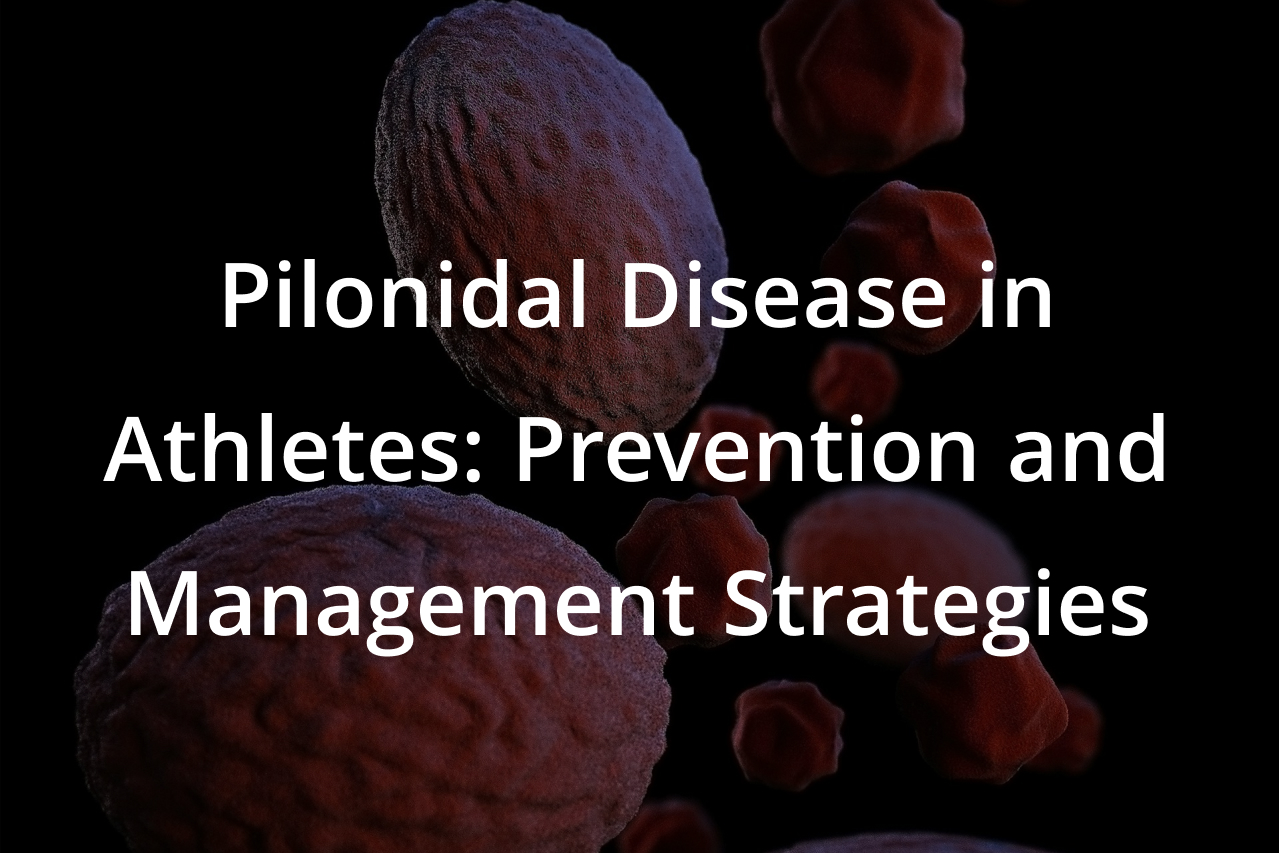Jun 13,2024
Pilonidal Disease in Athletes: Prevention and Management Strategies
Pilonidal disease can be particularly challenging for athletes and physically active individuals. The nature of many sports activities, which involve extended periods of sitting or repetitive motion, can exacerbate the risk of developing pilonidal cysts. With his expertise in treating pilonidal disease, Dr. Som offers tailored advice for athletes on preventing and managing this condition effectively without compromising their training or performance. This blog outlines key strategies to help athletes maintain peak conditions while addressing the unique challenges of pilonidal disease.
Understanding Pilonidal Disease in the Context of Athletics
Pilonidal disease involves the development of cysts near the tailbone at the top of the buttocks. It is typically caused by ingrown hairs that can become infected. Athletes, especially those engaged in cycling, rowing, or other sports that involve a lot of sitting, are at a higher risk due to constant friction and pressure in the tailbone area.
Prevention Strategies for Athletes
- Proper Hygiene: It is crucial to keep the tailbone area clean and dry. Athletes should shower immediately after intense workouts or competitions and ensure the area is thoroughly dried. Using antiseptic wipes or sprays can also help reduce the risk of infection.
- Appropriate Clothing: Wear loose-fitting, breathable clothing during and after exercise to minimize moisture and friction. Avoid tight-fitting athletic wear that can trap sweat and hair against the skin. For sports where tight clothing is unavoidable, consider changing out of it as soon as possible post-activity.
- Hair Removal: Managing body hair around the tailbone area can prevent hair from becoming ingrown. However, athletes should choose gentle hair removal methods, such as trimming instead of shaving, to avoid skin irritation that could lead to infection.
- Use of Barrier Creams: Applying barrier creams can help reduce friction during long periods of activity. These creams can provide a protective layer over the skin, minimizing the effects of constant rubbing.
Management Strategies for Athletes with Pilonidal Disease
- Modify Training Regimens: Athletes diagnosed with pilonidal disease may need to modify their training regimens, especially if their sports involve prolonged sitting or pressure on the tailbone area. Working with a coach or trainer to adapt exercises can help manage symptoms without drastically affecting performance.
- Regular Medical Check-ups: Regular check-ups with a healthcare provider, like Dr. Som, are vital for monitoring the condition and preventing complications. Early detection of flare-ups can lead to more effective management and shorter recovery times.
- Pain Management: Effective pain management is crucial for athletes to continue their activities. Over-the-counter pain relievers can be used under medical guidance, along with topical treatments to soothe inflammation.
- Wound Care: If a pilonidal cyst becomes infected and forms an abscess, it may require surgical intervention. Post-surgery, following wound care instructions meticulously is crucial for quick recovery. This includes regular cleaning, dressing changes, and possibly using prescribed topical antibiotics.
Lifestyle Adjustments
- Balanced Diet: A nutritious diet supports immune function and promotes wound healing. Athletes should focus on a balanced diet rich in vitamins, minerals, and proteins essential for skin health and recovery.
- Rest and Recovery: Adequate rest is crucial for general health and recovery from any medical condition, including pilonidal disease. Athletes should ensure they get enough sleep and incorporate rest days into their training schedules to allow the body to heal.
- Psychological Support: Dealing with a chronic condition like pilonidal disease can be frustrating and demoralizing, especially for athletes accustomed to peak physical health. Psychological support from peers, coaches, or professional counselors can be beneficial.
Conclusion
For athletes, managing pilonidal disease requires carefully balancing continued physical activity and effective disease management strategies. By adopting preventative measures, making intelligent choices about training and hygiene, and seeking timely medical care, athletes can minimize the impact of pilonidal disease on their sports performance and overall health. Dr. Som is dedicated to helping athletes navigate these challenges, providing expert care tailored to the needs of those who lead highly active lives. If you are an athlete dealing with pilonidal disease, remember that with the right strategies, you can continue to excel in your sport while managing your condition effectively.
